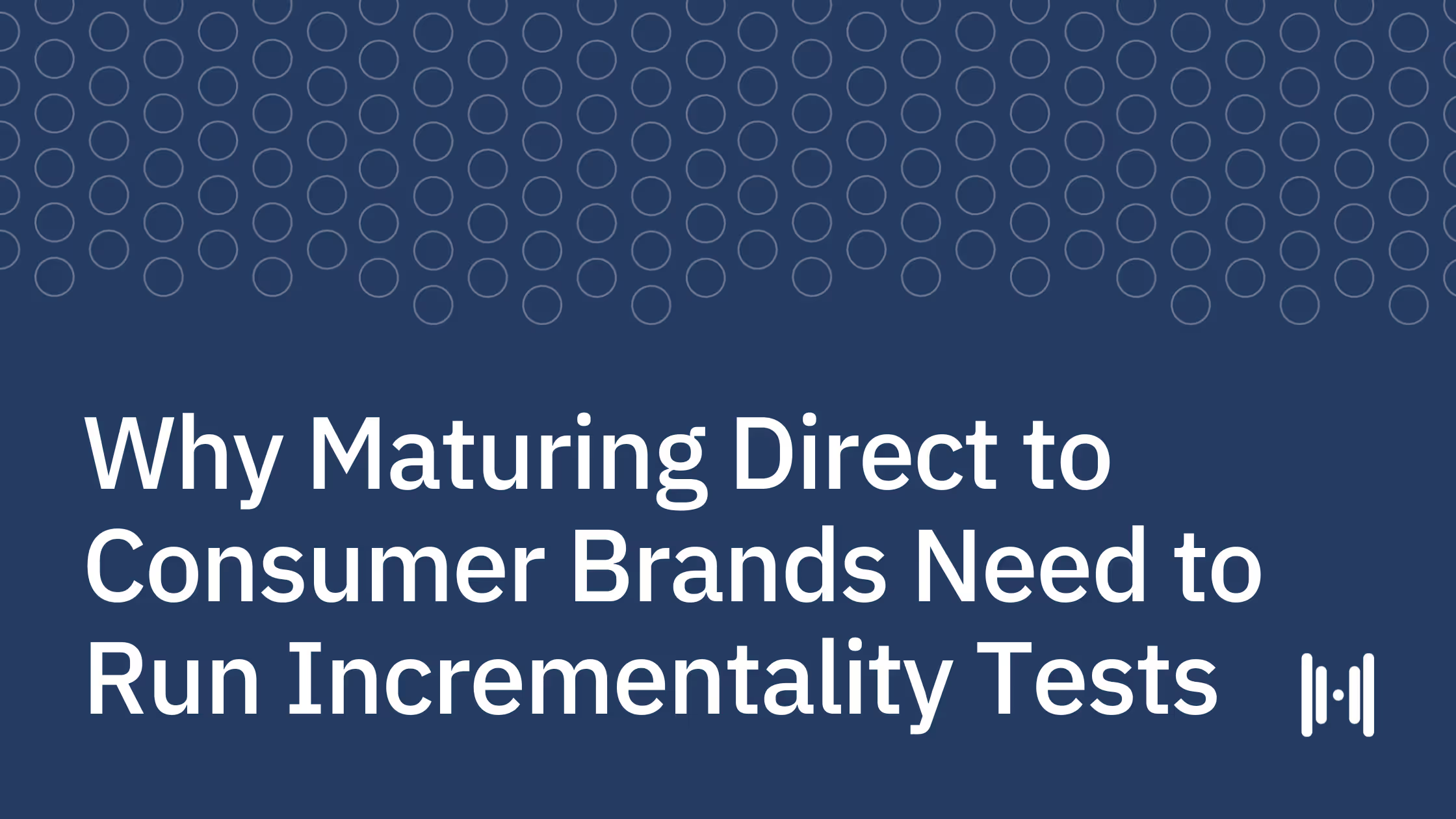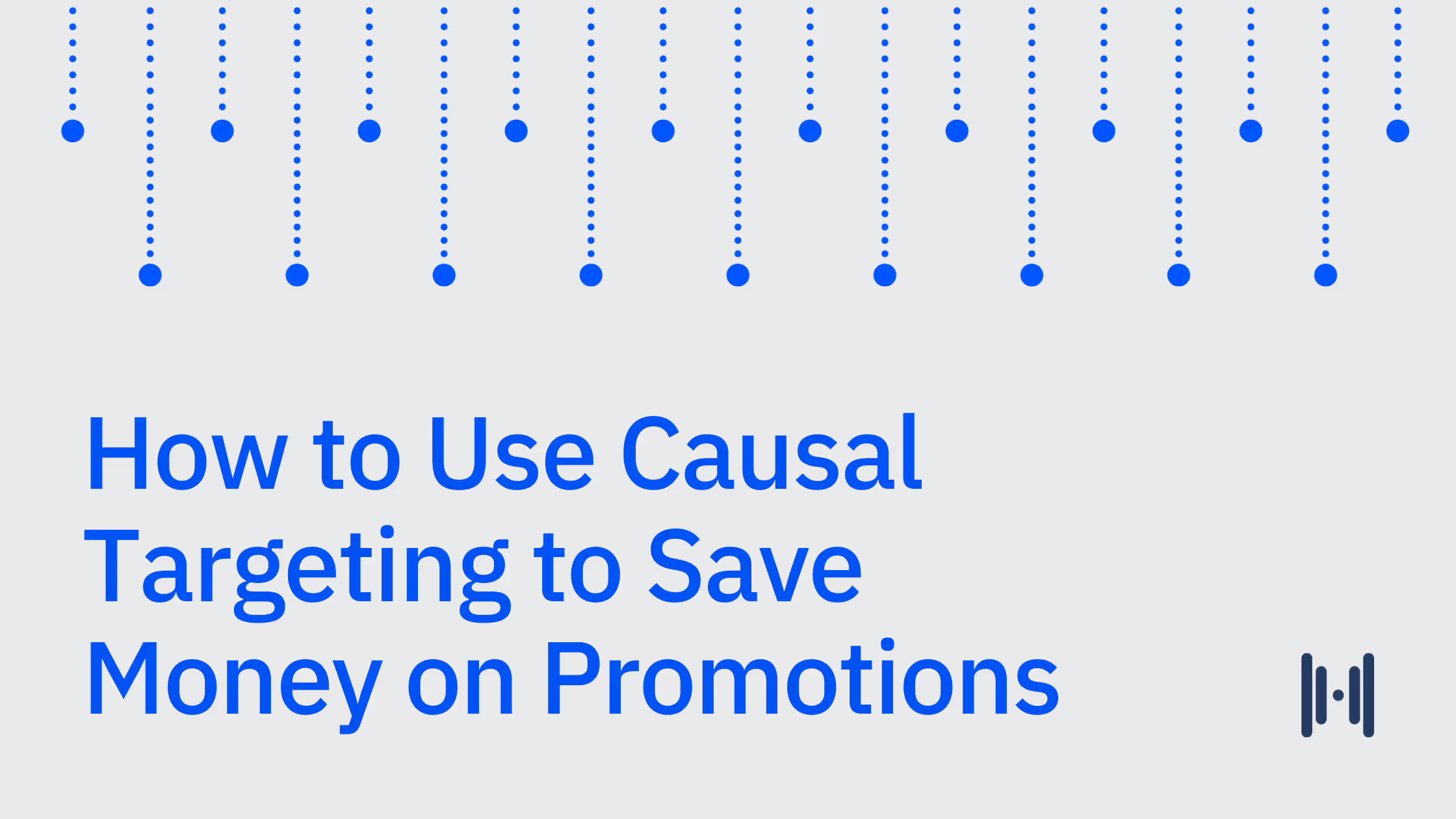
Your friend’s throwing a dinner party — the perfect excuse to wear that new shirt you spent way too much money on. You toss it on, head over, and it doesn’t take long for your extremely stylish best friend to ask where you found such a nice piece.
“Well, I saw an Instagram ad for it,” you explain. “But it was kind of pricey, so I didn’t pull the trigger…until I heard an ad for the brand on a podcast. By then, I was on the brand’s email list and got an email ad, then saw another Instagram ad, then finally went for it.”
Sure, you just gave way too much information. But that’s typical — you’re a marketer yourself, so you’re always intrigued by the twisty path to purchase. And what you just described to your friend in such exhaustive detail is attribution, which is the process of figuring out which marketing touchpoints influenced a purchase. You’re attributing marketing to outcomes.
It’s pretty obvious why attribution data would be useful for marketing teams. If you understand which marketing touchpoints contribute to conversions, you can better understand where to focus your ad dollars. But marketing attribution isn’t always so simple. There are several different types of attribution models, each slightly different.
And while attribution can be a valuable way to understand the impact of your marketing, there are some nuances and drawbacks that are worth unpacking. In fact, the Haus viewpoint is that traditional attribution doesn’t quite cut it in a world of privacy regulations, especially when methods like incrementality testing exist.
Don’t worry — we’ll get to it all. So let’s dive in and learn the fundamentals of marketing attribution.
What is marketing attribution?
Marketing attribution is a measurement method that determines how different marketing touchpoints influence a conversion. After all, the path to purchase is rarely straightforward. For instance, purchasing a new set of golf clubs might involve:
- Hearing an influencer mention their favorite golf brand on TikTok
- Checking out the brand’s blog to learn a bit more about their design process
- Seeing an Instagram ad for that brand on your feed
- Then seeing another ad for that brand on YouTube
Different attribution models will assign different levels of credit to these touchpoints. For instance, a first-click attribution model will assign credit for the conversion to the influencer shout-out. A multi-touch attribution (MTA) model will assign 25% credit to all four touchpoints. Last-click attribution will assign credit to that YouTube ad.
Attribution gives marketing teams the insights they need to guide strategy. After poring over the attribution data, you might find that many customers convert after seeing a YouTube ad. That could be a good place to invest marketing dollars. Similarly, an attribution model can help marketers convey to leadership that certain tactics lead to conversions.
But from the Haus perspective, it’s worth underscoring that attribution has limitations. Platform-reported attribution numbers are often skewed. After all, platforms are “grading their own homework” and often overcrediting their impact. Plus, attribution models are built on correlational data rather than causal data, which means you can’t know if these marketing touchpoints are causing conversions or if these conversions would have happened anyway.
Another thing to consider is the impact of privacy regulations, which make it increasingly difficult to measure these touchpoints. But, we’re throwing a lot at you — let’s dip a bit deeper into what you can measure with attribution, and then we’ll discuss the pros and cons to keep in mind.
What can you measure with marketing attribution?
Marketers have turned to attribution for a reason — it does help you better understand the impact of different touchpoints. The following are just a few things you can measure with attribution.
Channel performance
This one’s straightforward: With an effective attribution model, you can better understand how different marketing channels contribute to customer acquisition. For instance, your model might tell you that paid search is regularly the last touchpoint, while organic social is a common first touchpoint for your brand.
Once you calculate how often a channel contributes to acquisition, you can measure that return against how much you spent on the channel…giving you your return on ad spend (ROAS). With a ROAS for each channel, you can optimize your investments accordingly. Just keep in mind, this isn’t incremental ROAS, which means you might be counting conversions that would have happened anyway, even without your marketing campaign.
Customer journey insights
In what order do customers visit touchpoints before converting? On average, how many touchpoints do they visit before making a purchase? Which channels are at the top of the funnel, building awareness for your brand? And which channels do customers visit closer to conversion, helping you “close the deal?” Answers to these questions are valuable as you work to create an effective, efficient path to purchase.
Revenue and profitability
Overall, you’ll want to know the revenue generated by each channel or campaign. You can also use this learning to calculate the customer lifetime value (LTV) from the acquisition source. Once again, comparing the revenue generated by a channel vs. the spend on said channel can help you determine the profitability of these tactics.
With attribution models in your measurement toolkit, you can better understand which highly efficient channels are worth scaling, which wasteful channels are worth pulling back from, and where those cross-channel synergies lie. But as we warned above, if these metrics come from the major ad platforms, they may credit themselves for conversions that would have happened anyway. That’s why more teams are using incrementality testing to get at the causal impact of their marketing.
Should you invest in marketing attribution?
While attribution might have been a no-brainer ten years ago, a lot has changed since then. Between new privacy regulations that make it harder to measure user behavior, as well as new AI-driven incrementality platforms that get at the causal impact of your marketing, it’s worth measuring the pros and cons of leaning on attribution.
Pro: Attribution offers visibility into channel performance
While we’ve outlined why attribution comes up short in terms of channel-level measurement (e.g. platform overcrediting, privacy limitations), it can still be a useful way to see which tactics are at least correlated with outcomes. These insights can help you better understand which channels and campaigns are efficient and which ones might be worth cutting. (Just be sure to validate the results with incrementality testing before actually shifting ad spend.)
Con: Privacy limitations
When it comes to privacy regulations, there’s no putting the toothpaste back in the tube. Cookie deprecation and iOS/Android privacy restrictions have severely reduced user-level tracking, making it much harder to map conversion paths across digital media channels. Fortunately, methods like incrementality testing are privacy-durable and don’t rely on pixels, PII, or other vulnerable information.
Pro: May be combined with experiments
Because attribution offers metrics like ROAS that only tell you half the story, many marketing teams are combining attribution models with incrementality experiments to figure out the incremental return on ad spend (iROAS).
Con: Lots of model choice
While getting to choose between different types of attribution models might seem like a benefit, confusion can arise when teams have to choose between last-click, first-click, multi-touch, and so on. Which model will actually determine budgetary decisions? Getting a clear consensus on a marketing team is already hard enough — will attribution just make it harder? That’s why having a single source of truth, like experimental results, can help.
Could a hybrid model work for your team?
The pros and cons above make one point very clear: Using only attribution models won’t cut it in 2025. If you do invest in a multi-touch attribution model, it’s worth supplementing it with incrementality testing. You also might bring a marketing mix model (MMM) into the picture to help with longer-term spend decisions. Causal MMM can ensure your MMM recommendations are grounded in experiments.
How do I measure marketing attribution?
You’ve decided marketing attribution deserves a place in your marketing measurement stack. But how do you actually measure it? Let’s lay out a common step-by-step attribution framework:
- Define your goals
Just like the process for establishing an incrementality practice, you need to go into attribution with a clear definition of success. What does a conversion mean? It could be a purchase, a lead form, a subscription sign-up — the options are many. From there, make sure you drill down on where you’re trying to optimize. For instance, you might be looking for deeper insight into lower-funnel performance, or you might want to see how effectively your upper-funnel marketing is driving awareness. Make sure you align on these goals and KPIs from the beginning.
- Collect data efficiently
Yes, privacy regulations have made user-level attribution much harder. But marketers can still combine first-party and server-side event data, along with platform-provided modeled attribution (GA4, Meta, TikTok). Then, layering on data from your MMM and/or incrementality experimentation platform can ensure you’re filling gaps and validating. In short, you’ll need a privacy-compliant, multi-source approach to data collection.
- Choose your model
As discussed, you might choose last-touch, first-touch, or multi-touch. You might also incorporate incrementality experiments, given that they are the gold standard for marketing measurement.
- Collect insights and optimize
Once you have your models in place, it’s time to form conclusions based on what the data is telling you. For instance, your multi-touch attribution model might be telling you that Facebook/Instagram ads rarely show up as the last touch, but they appear in 60% of first-touch journeys. You might then verify this with an incrementality test, reducing paid social spend in certain regions (or zip codes) while maintaining it in others to understand incremental lift.
After running this incrementality test, you might find that it conforms to the results of your MTA. Without this paid social, you see conversions drop. These upper-funnel social tactics are driving incremental conversions, so you decide to up your spend there.
What is multi-touch attribution (MTA)?
At its core, multi-touch attribution (MTA) tells us how different marketing channels work together to drive a conversion. For instance, did someone first see your YouTube ad, then click a search ad, then finally buy after an email reminder? MTA helps answer how much each step contributed.
To do this, MTA uses different “credit rules.” You’ve maybe heard of a few:
- Linear: every channel gets equal credit.
- Time-decay: channels closer to conversion get more credit.
- Position-based: first and last get the most, middle gets some.
- Data-driven: machine learning assigns credit based on actual patterns.
Now imagine this from a marketing POV. Maybe your attribution report shows Paid Social is often the first touch, while Organic Search is usually the last touch. Rather than cutting social just because it doesn’t close, MTA shows its value in sparking journeys that search later finishes.
As you can imagine, the opportunities for optimization are nearly endless. Maybe you learn that email nurtures double conversion rates when it appears in the middle of a journey. Or that certain display ads don’t contribute much at all — freeing up budget to reallocate elsewhere.
Once you get into the rhythm, MTA can provide valuable perspective on how different channels contribute across the customer journey. But it’s important to remember that these insights are correlational, not causal. Just because a channel appears frequently in conversion paths doesn’t mean it is truly driving incremental value. To validate the findings, MTA should be paired with incrementality testing, which can confirm whether a channel is adding net new conversions or simply capturing demand that would have occurred anyway.
What are the differences between attribution and incrementality?
There are some key differences between attribution and incrementality. Here are the central differences to keep in mind as you consider each of the measurement solutions:
Attribution assigns credit
Attribution models assign credit for conversions across customer touchpoints (e.g. first-touch, last-touch, linear, or hybrid models). For example, a buyer who saw multiple ads but clicked a Google ad last may result in Google getting all (last-touch) or some (linear) of the credit.
As we’ve discussed, there are some benefits that come with such a solution. You can use these insights to optimize quickly — even on a daily basis. But the elephant in the room: Attribution measures correlation, not causation. This can lead to overcrediting customers who would have converted anyway.
Incrementality measures true causal impact
Incrementality tests answer the question central to every marketing strategy: “Which conversions would not have happened without this campaign?” They rely on controlled experiments (typically geo experiments) to isolate causal lift.
Incrementality is often more complex and resource-intensive than a simple attribution model. However, these tradeoffs are worth it for most teams, given that incrementality testing delivers the most accurate proof of ROI.
When to use attribution vs. incrementality
Overall, marketing attribution is best for real-time optimization and spotting performance shifts within channels. Meanwhile, incrementality works best for strategic decisions, testing new channels, and proving ROI to leadership.
Together, they can form a powerful one-two punch: Incrementality calibrates attribution models, making them more causally valid; attribution provides faster, ongoing feedback. Modern marketing teams often blend both measurement solutions. They’ll turn to attribution for everyday agility, then look to incrementality for high-stakes decisions.
The bottom line
Marketing attribution helps marketers understand how different touchpoints contribute to conversions, offering useful — though correlational — insights for channel performance, customer journeys, and ROI. But in today’s privacy-first world, attribution alone isn’t enough. Models often overcredit platforms and can’t distinguish correlation from causation. That’s where incrementality testing comes in: By running controlled experiments, marketers can measure the true lift caused by campaigns, helping guide strategic investment with confidence.
.png)
.png)
.png)
.png)
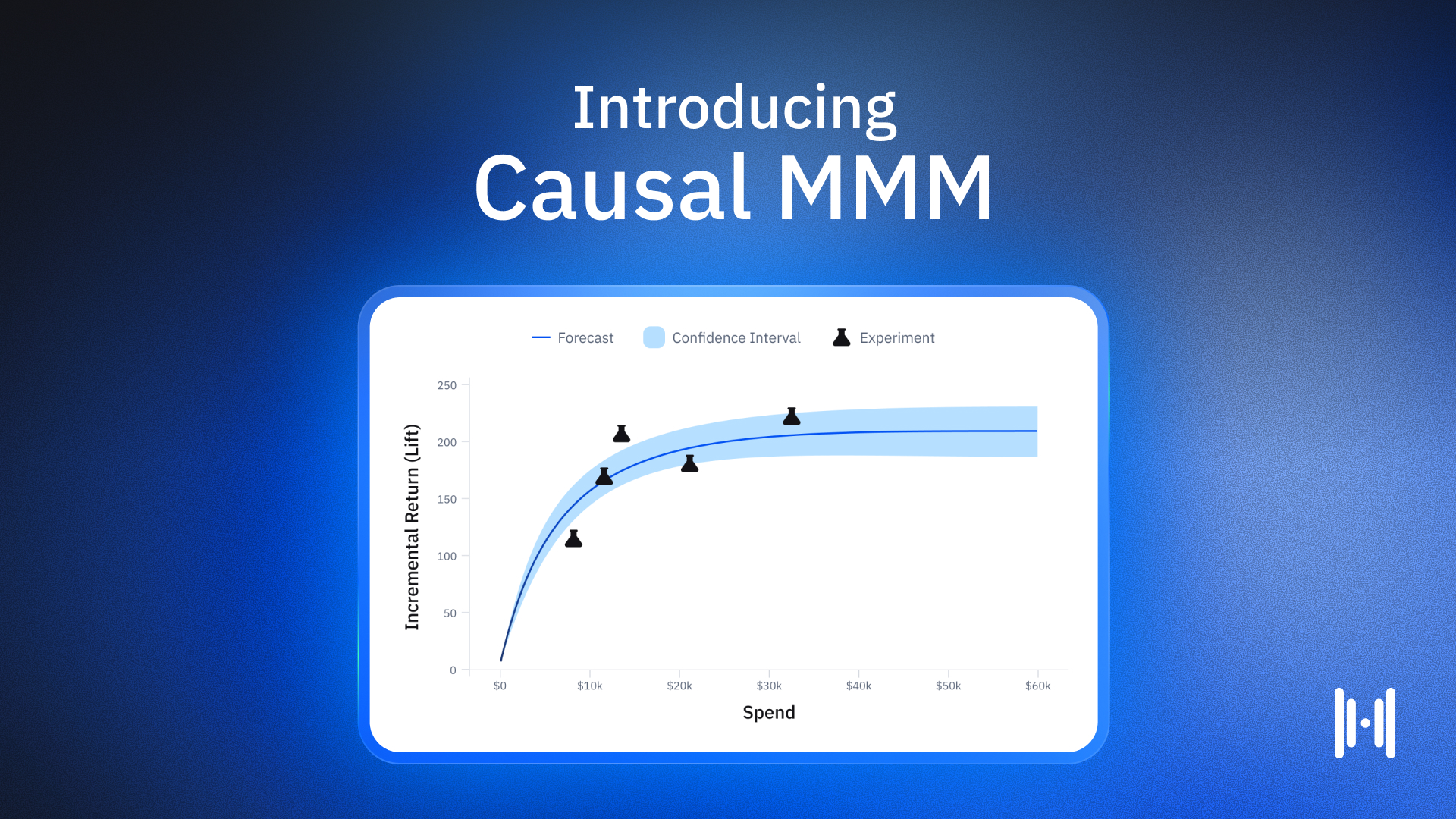
.avif)
.png)
.png)
.png)
.png)
.png)
.png)
.png)
.png)
.png)
.webp)
.webp)
.webp)
.webp)
.avif)
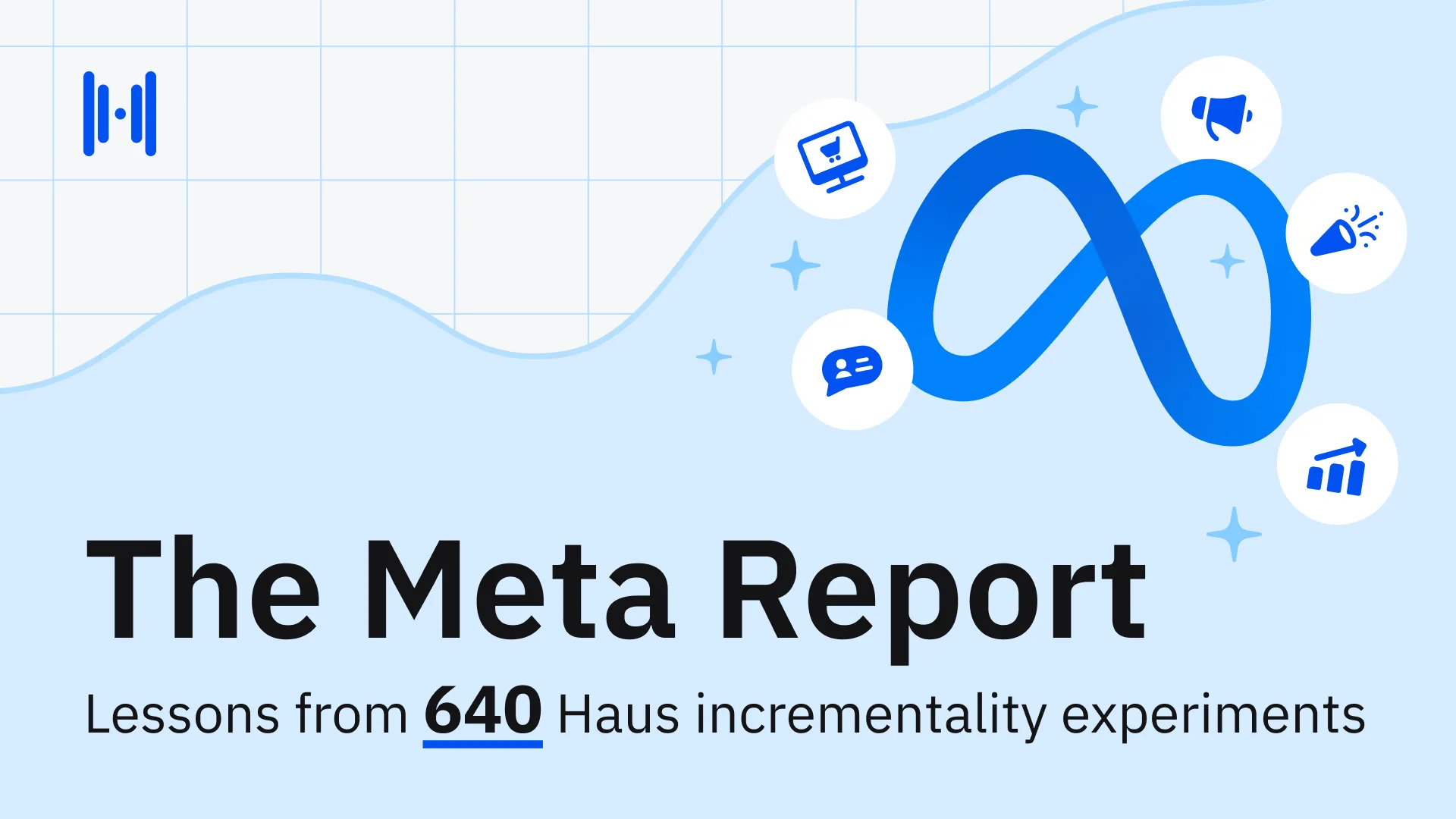
.webp)
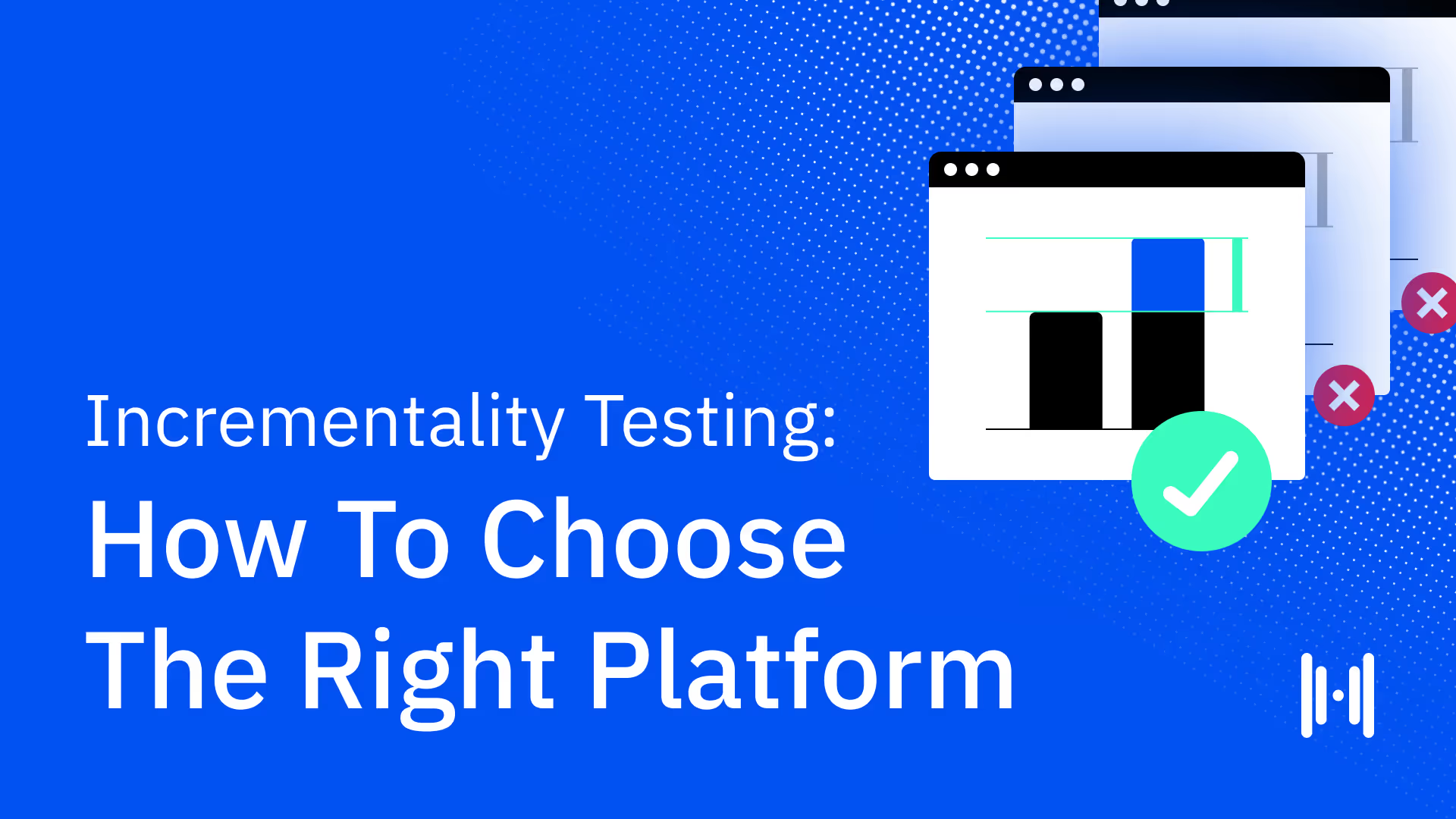
.webp)
.webp)
.webp)
.webp)
.webp)
.webp)
.webp)
.webp)
.webp)
.webp)

.webp)
.webp)
.webp)
.webp)
.webp)
.webp)

.webp)


.avif)
.avif)



.avif)
.avif)
.avif)

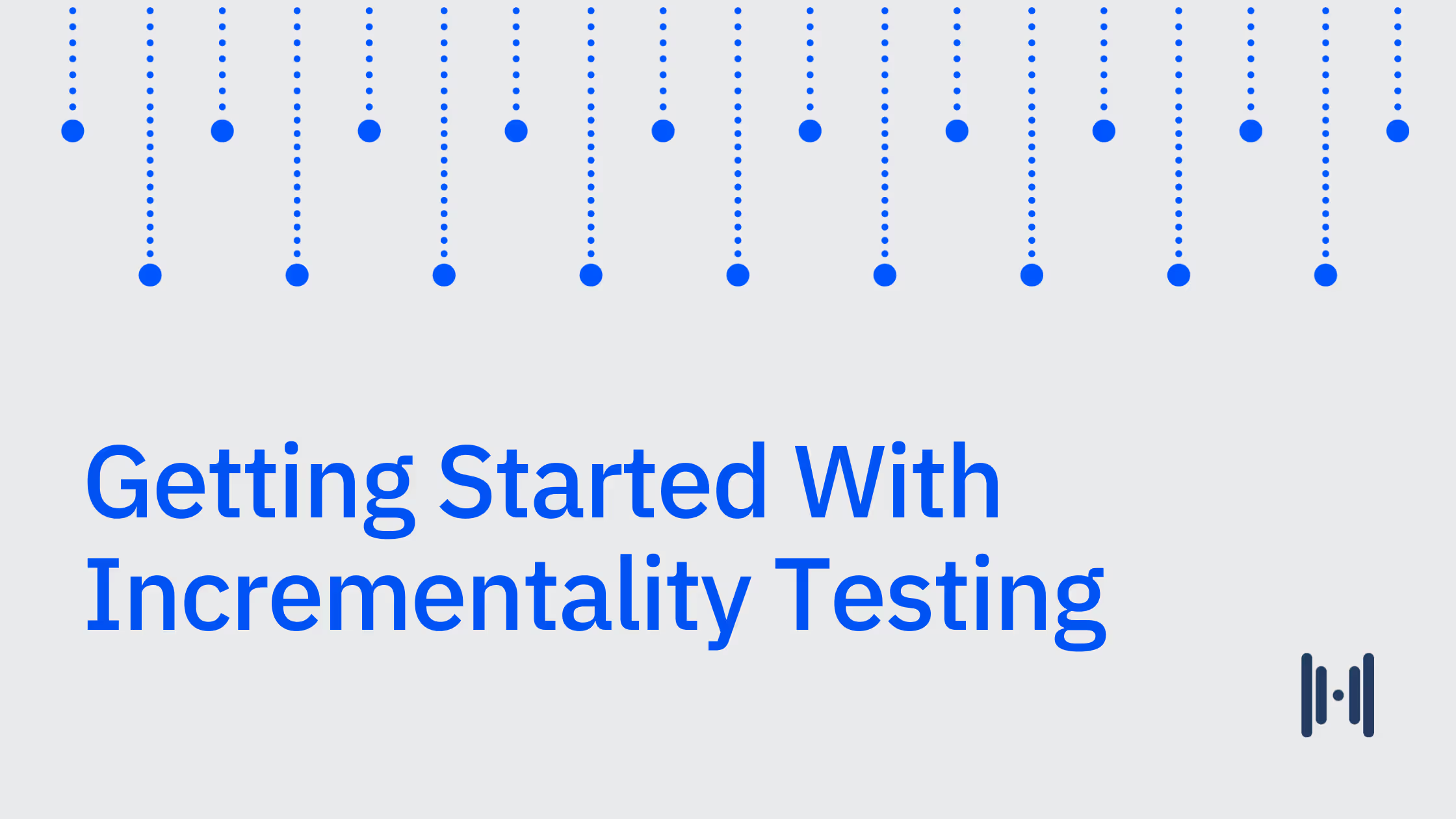
.avif)
.avif)
.avif)
.avif)
.avif)
.avif)




.png)
.avif)
.png)
.avif)






